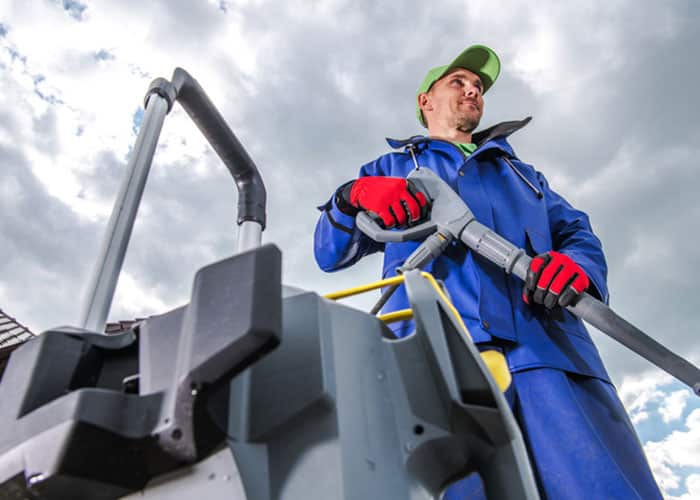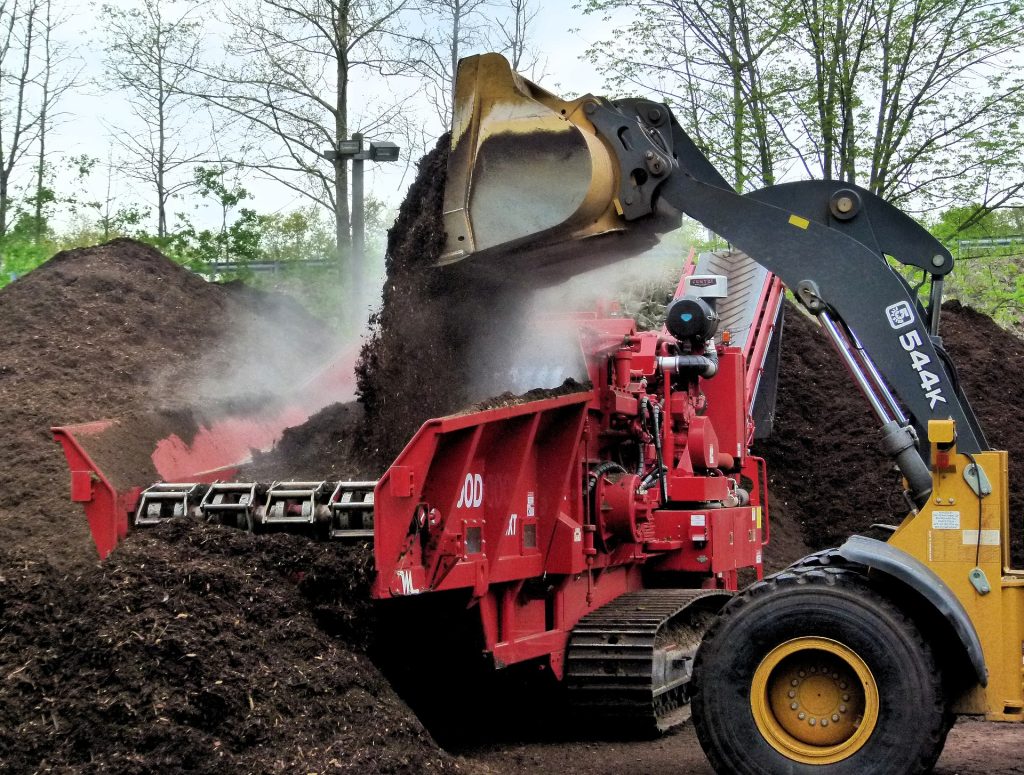The oil boiler has many advantages. It offers excellent performance and allows significant savings on your heating bill. To ensure optimal boiler operation, however, it is important to clean it regularly and professionally.
Summary
Why and when to clean your oil tank?
Oil tank cleaning is a complex and technical operation that is best left to competent professionals. Only their know-how allows you to undertake the cleaning of the tank without risking causing accidents or damaging your boiler. A certified technician has the required expertise as well as the necessary equipment for this delicate operation.
It should not be forgotten that the handling of fuel oil, a dangerous and flammable fuel, requires precautions.
The cleaning of the tank is necessary for the correct operation of the boiler. Over time, in fact, a little water appears there. As the months go by, it ends up causing the bottom of the tank to oxidize. In addition, sediments, in the form of sludge, are also deposited there. Bacteria can also proliferate in the tank. All of these substances end up mixing with the fuel, resulting in lower performance for the boiler.
Mixed with fuel oil, they can also damage certain parts of the boiler, such as the nozzle or the burner.
Cleaning will prevent the tank from becoming clogged with these deposits. Left uncleaned, the tank also becomes prey to corrosion and may prove less watertight. The cleaning operation will thus prevent possible leaks.
Less often cleaned, the tank will be less efficient and the heating bill will be affected. In addition, it will be less protected from breakdowns.
It is therefore important to have your oil tank cleaned on a regular basis. In this respect, the regulations do not impose any particular frequency. However, industry professionals recommend having it thoroughly cleaned every ten years. This duration can be reduced to five years in certain cases, in particular if the tank is fuller.
Moreover, certain times of the year lend themselves better to this operation than others. It is better to focus on summer, a time when your tank will be the least filled with fuel oil.
The preliminary steps
Before carrying out this operation, the company you contact can offer you a technical visit to the tank. It will allow him to assess your own needs and to offer you a detailed estimate.
Once this is done, the technician can begin his intervention. He will first have you sign a document authorizing the cleaning operation. He uses protective equipment for the occasion, consisting of gloves, special glasses and a mask.
Before cleaning itself, it is possible to degas the tank. There may in fact be gas residues which, in some cases, could cause it to ignite.
To clean your oil tank, the professional will proceed in stages. The preliminary phase consists in dismantling what is called the manhole, this part which allows him to be able to access the boiler itself.
Once in the right place, the technician dismantles certain pipes. Before carrying out the actual cleaning, he will also have to pump out the fuel remaining in the tank. During the operation, it will be contained in a tank truck, placed as close as possible to the tank. The vehicle is parked in such a way as not to interfere with the neighborhood or traffic. Specific markings make it easy to identify it.
The actual cleaning
This done, the technician begins to clean the tank. He will first have to, using a pump and specific equipment, remove the sludge that has settled at the bottom. He then tackles the cleaning of the walls. It can be done with pressurized water.
While cleaning your oil tank, the heating engineer carefully inspects its condition. In particular, he seeks to identify the slightest traces of corrosion. The detection of possible leaks is also part of his job at this stage.
For this, the professional can use various techniques, such as sensors or an ultrasound system, which sends certain specific signals. These devices make it possible to determine, with great precision, the volume of these leaks. Before ending the operation, the professional carefully cleans the pipes.
The cleaning is now complete. The professional puts the pipes back in place and reassembles the manhole. It only remains for him to pour the fuel oil that it contained before the intervention into the tank.
At the end of the tank cleaning operation, the premises are cleaned, in order to restore them to the state they were in before the intervention. The company is responsible for transporting the residues taken from the tank to approved treatment centres. A waste tracking slip makes it possible to keep track of it and to follow its destination.




